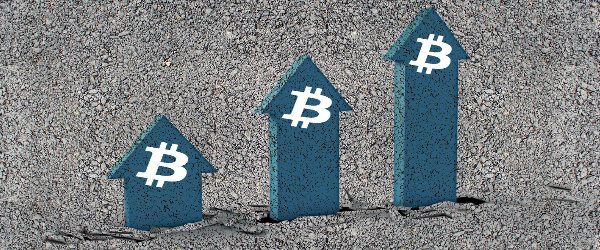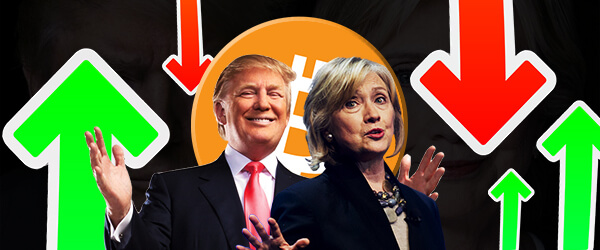Bitcoin Price Drop A Sign Of Increased Pressure

The past week was a dismal for Bitcoin as the cryptocurrency took a big hit starting from an impressive $440 high and dropping by over $40 to near the $390 mark, with some exchanges like Bitstamp even had it pegged at $380.
Bitcoin price fluctuations are a familiar occurrence, with staggering highs and lows marking the cryptocurrency’s history. The most recent one was when Mike Hearn made his departure from the development community.
The trouble is that, this time around, the drop in price comes at a critical time for Bitcoin. With increasing mainstream acceptance, the cryptocurrency needs to present a sense of stability to make it an attractive investment and a reasonable alternative to fiat currency.
The recent fluctuation has made people take a step back and reconsider their options. Furthermore, banks and other financial institutions plan to give Bitcoin competition or create a new system through their adoption of blocking technology and creation of solutions.
The reason
The main culprit for the drop in prices was the network disruptions felt by the system last week. Users felt the sting as formerly quick transactions ended up experiencing backlogs. This can be traced back to how Bitcoin operates. A bottleneck was created by the limitation of seven transactions per second and the fact that transactions with high fees attached to them are prioritized.
The effects were not felt until the middle of the week. On Monday, Bitcoin was trading at a high of around $440, which it had last seen around the end of last year. The drop began on Tuesday, with a sharp decrease as seen on many trading charts of the past week. It seemed that there was no stopping it, until Sunday, when the price began to recover.
As of writing, the prices are rising again, but the next crisis may be just around the corner as the Bitcoin community is still deadlocked over the block size debate.
Pressure on the currency
Many people are suspicious of the transactions that led to the disruption, with some of them pointing out that the large amount of transactions with high transaction fees was indicative of a central group coordinating an attack.
Other say that the downward trend would have happened anyway, as some analysts point out that Bitcoin usually fluctuated around the price. The market’s current recovery seems to confirm this.
No matter what the reason is, the recent fluctuation has put the block size debate in the spotlight as many hope to avoid a repeat of last week’s disruption in hopes of keeping Bitcoin users, both customers and merchants, happy.
Meanwhile, people expect to see additional effects like increased transaction fees so that a deal will be given a higher priority in the network, with some recommendations putting a 2,200-percent increase on the usual 10-satoshi fee. As Bitcoin grows and develops, users can expect more growing pains as the cryptocurrency enters the mainstream.











